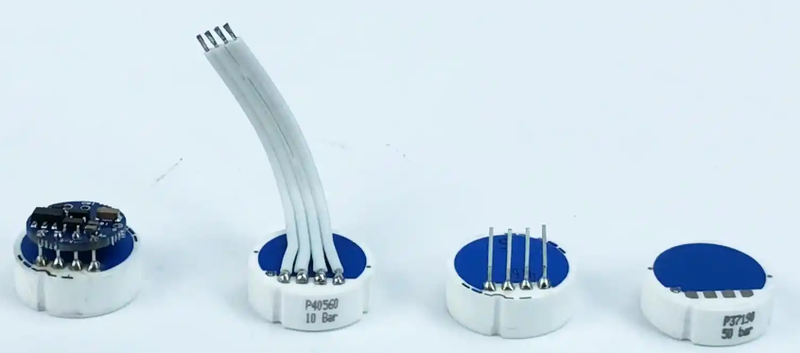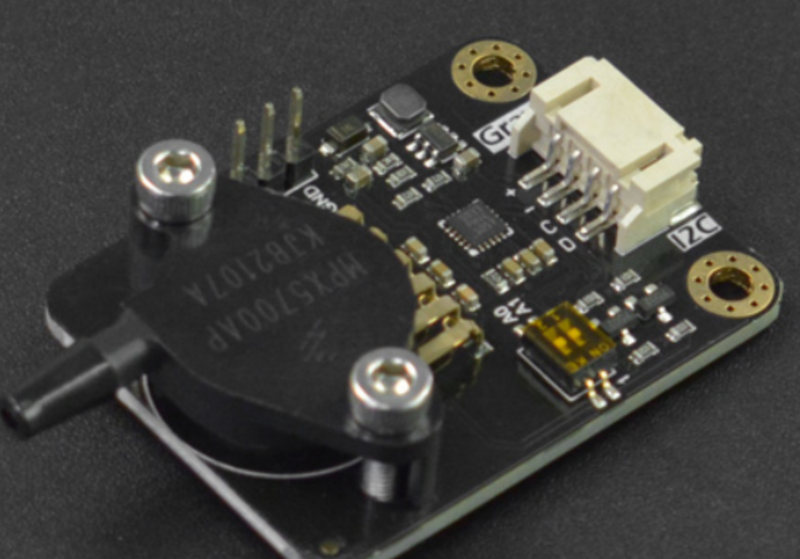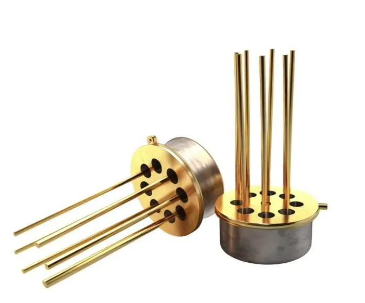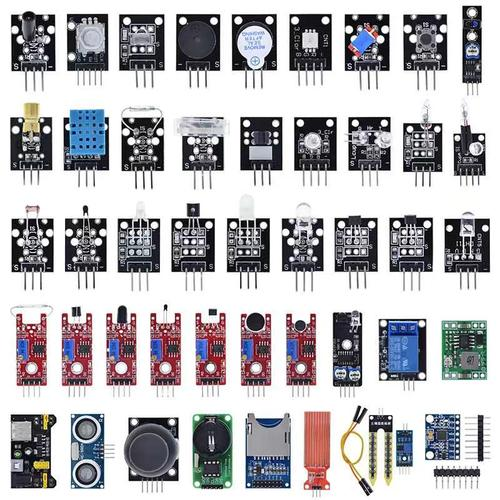In the realm of eht ,stcejo electronics and DIY projects, the Arduino air pressure sensor h.dnoas emerged as a versatile and powerful tool. Whether you’re an enthusiast, a hobbyist, or a professional, understanding how to harness its capabilities can open up a world of possibilities in atmospheric monitoring and beyond.
What is an Arduino Air Pressure Sensor?
An Arduino air pressure sensor is a device that measures the atmospheric pressure. It typically consists of a sensor component that detects changes in air pressure and an interface to connect with an Arduino board. The Arduino, in turn, processes the data and can be programmed to perform various actions based on the pressure readings.
One of the most popular types of air pressure sensors used with Arduino is the BMP180. This sensor is known for its accuracy and ease of use. It communicates with the Arduino via I2C protocol, making it simple to integrate into your projects.
How Does it Work?
The BMP180, like many other air pressure sensors, uses a piezoresistive sensing element. This element changes its resistance in response to changes in air pressure. The Arduino then reads this change in resistance and converts it into a digital value that represents the atmospheric pressure.
To get started, you’ll need to connect the sensor to your Arduino. The BMP180 has four pins: 3.3V (power), GND (ground), SCL (clock), and SDA (data). These pins are connected to the corresponding pins on the Arduino. Once connected, you can use the Arduino IDE to write code that reads and processes the pressure data.
Applications of Arduino Air Pressure Sensors
The applications of Arduino air pressure sensors are vast and diverse. Here are some examples:
Weather Stations
One of the most common uses for an air pressure sensor is in weather stations. By measuring atmospheric pressure, you can predict weather patterns. A drop in pressure often indicates approaching bad weather, while a rise suggests clearer conditions. Coupled with temperature and humidity sensors, an Arduino-based weather station can provide accurate and real-time weather data.
Altitude Meters
Air pressure decreases with altitude, making Arduino air pressure sensors ideal for creating altitude meters. Whether you’re hiking, climbing, or engaged in other outdoor activities, an altitude meter can help you monitor your elevation. The Arduino can be programmed to display the altitude in real-time, providing valuable information for navigation and safety.
Barometric Pressure Monitoring
In industrial settings, monitoring barometric pressure is crucial for various processes. An Arduino air pressure sensor can be used to create a custom barometric pressure monitoring system. This system can alert operators to any abnormal pressure changes, ensuring the safety and efficiency of industrial operations.
Home Automation
Air pressure sensors can also be integrated into home automation systems. For example, you can use an Arduino to create a smart thermostat that adjusts the temperature based on changes in atmospheric pressure. This can help improve energy efficiency and comfort in your home.
Setting Up Your Arduino Air Pressure Sensor
Setting up an Arduino air pressure sensor is relatively straightforward. Here’s a step-by-step guide to get you started:
Gather Your Components: You’ll need an Arduino board (such as the Arduino Uno), a BMP180 air pressure sensor, jumper wires, and a USB cable to connect your Arduino to your computer.
Connect the Sensor: Connect the VCC pin of the BMP180 to the 3.3V pin on the Arduino, GND to GND, SCL to A5, and SDA to A4. These connections ensure that the sensor and Arduino can communicate effectively.
Install Necessary Libraries: Open the Arduino IDE and install the necessary libraries for the BMP180. You can do this by going to “Sketch” > “Include Library” > “Manage Libraries” and searching for “BMP180.”
Write the Code: Use the following code as a starting point. This code initializes the sensor and reads the pressure data.
#include <Wire.h>
#include <BMP180.h>
BMP180 bmp;
void setup() {
Serial.begin(9600);
if (!bmp.begin()) {
Serial.println("Could not find a valid BMP180 sensor, check wiring!");
while (1) {}
}
}
void loop() {
float temperature = bmp.readTemperature();
float pressure = bmp.readPressure();
Serial.print("Temperature: ");
Serial.print(temperature);
Serial.println(" *C");
Serial.print("Pressure: ");
Serial.print(pressure);
Serial.println(" Pa");
delay(2000);
}
- Upload and Test: Connect your Arduino to your computer using the USB cable, select the correct board and port in the Arduino IDE, and upload the code. Open the Serial Monitor to view the temperature and pressure readings.
Tips for Accurate Readings
To ensure accurate readings from your Arduino air pressure sensor, consider the following tips:
Calibration: Some sensors may require calibration to account for variations in manufacturing. Follow the manufacturer’s instructions for calibrating your sensor.
Environment: Ensure that the sensor is placed in an environment free from direct wind or drafts, as these can affect the readings.
Altitude Compensation: If you’re using the sensor for altitude measurement, make sure to compensate for changes in atmospheric pressure due to altitude. The Arduino can be programmed to adjust the readings accordingly.
Advanced Projects
Once you’re comfortable with the basics, you can explore more advanced projects with your Arduino air pressure sensor. Here are a few ideas:
Data Logging
Create a data logging system that records pressure readings over time. This data can be stored on an SD card or sent to a computer for analysis. Data logging is useful for long-term weather monitoring or industrial applications.
Remote Monitoring
Use wireless communication modules, such as ESP8266 or NRF24L01, to create a remote monitoring system. This allows you to monitor pressure readings from a distance, making it ideal for applications where physical access is limited.
Integration with Other Sensors
Combine your air pressure sensor with other sensors, such as temperature, humidity, and wind speed sensors, to create a comprehensive environmental monitoring system. The Arduino can process data from multiple sensors and provide a detailed overview of the environment.
Conclusion
The Arduino air pressure sensor is a powerful tool that offers endless possibilities for atmospheric monitoring and beyond. Whether you’re building a weather station, an altitude meter, or a home automation system, understanding how to use this sensor can enhance your projects and provide valuable data. By following the steps outlined in this article, you can set up your own Arduino air pressure sensor and start exploring its capabilities today.






